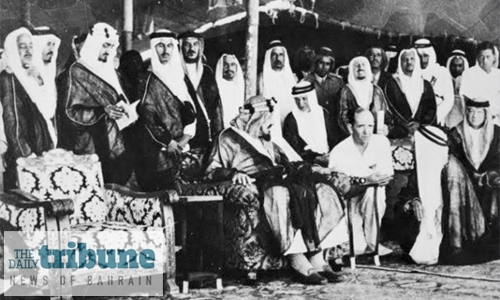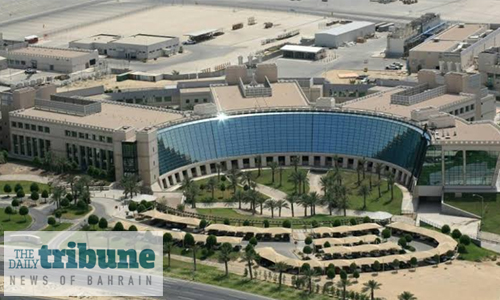Aramco: from ‘Prosperity Well’ to energy giant
From its beginnings in 1938 when it first struck oil with the aptly named “Prosperity Well”, Saudi Arabia’s energy giant Aramco has delivered unimaginable riches to the kingdom. Over the decades, the firm has grown into the world’s largest and most profitable energy concern, generating some 10 per cent of global crude supplies and trillions of dollars in income.
Aramco shares hit the domestic bourse yesterday after the world’s largest initial public offering in which 1.5pc of its shares were sold to raise $25.6 billion. After hitting its upper limit on the stock market debut, the company is now valued at a massive $1.88 trillion and is expected to rise further to challenge the $2 trillion mark that Saudi rulers had initially sought.
However, it is not yet clear if the authorities will proceed with the planned second phase of the IPO, and sell more equity on an international stock exchange. The listing came despite Aramco being hit by a string of attacks on its facilities, the latest and most serious on September 14 when drone and missile strikes halted the flow of 5.7 million barrels of oil per day -- more than half of its output.
The attack had threatened to undermine the IPO plans but the company quickly said it had restored production and output capacity to pre-strike levels.
Striking gold
Aramco has its origins in a 1933 concession agreement signed by the Saudi government with the Standard Oil Company of California. Drilling began in 1935 and the first oil began flowing three years later. It gained its current name from the subsidiary created to manage the agreement that was called the Arabia American Oil Company in the late 1940s.
In 1949, oil production hit a milestone 500,000 barrels per day and the following year Aramco built the 1,212-kilometre (753-mile) Trans-Arabian Pipeline to export Saudi oil to Europe across the Mediterranean. Production rose rapidly after the discovery of large offshore and onshore oilfields including Ghawar, the world’s largest with some 60 billion barrels of oil, and Safaniya, the biggest offshore field with 35 billion barrels.
In 1973, with prices spiking at the peak of the Arab oil embargo -- imposed against the US over its support for Israel -- the Saudi government acquired 25 percent of Aramco to increase its stake to 60 percent and become a majority stakeholder. Seven years later, it was nationalised, and in 1988 it became the Saudi Arabian Oil Company, or Saudi Aramco.
From the 1990s, Aramco invested hundreds of billions of dollars in massive expansion projects, raising its oil output capacity to more than 12 million bpd, alongside making bold international acquisitions and pursuing joint ventures. In mid-September, Aramco maintained some 260 billion barrels in proven oil reserves, the second largest in the world after Venezuela, in addition to 300 trillion cubic feet of gas.
Based in Dhahran in the country’s east, the firm has key oil operations in the United States, China, India, South Korea and several European and Asian nations. Aramco has also built a network of pipelines and refineries inside and outside the kingdom and expanded its presence in the petrochemicals industry.
Related Posts


